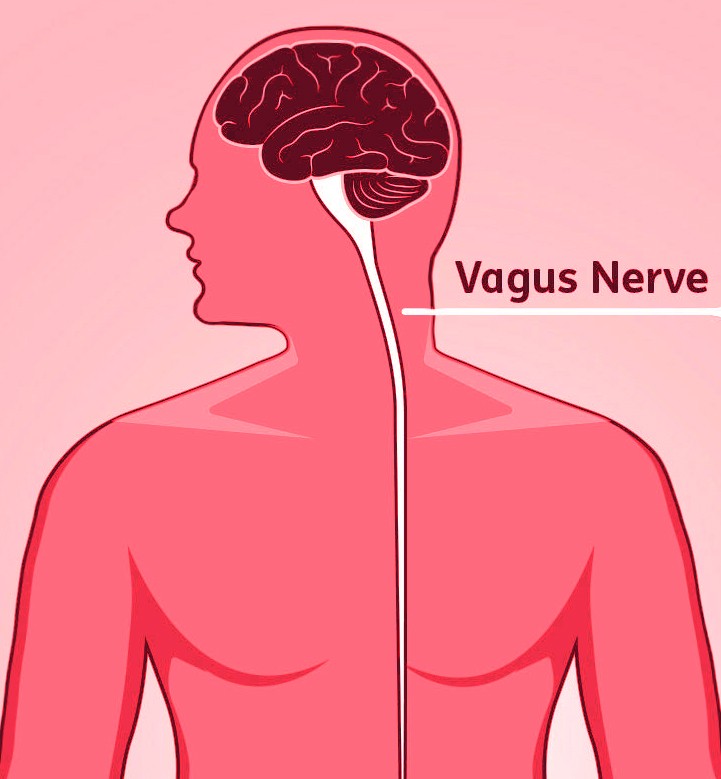Researchers have their sights set on creating a first-of-its-kind anatomical map of the vagus nerve. Stavros Zanos of the Feinstein Institutes for Medical Research is leading a three-year-long research study called Reconstructing Vagal Anatomy (REVA), along with collaborators at the Feinstein Institutes, the Zucker School of Medicine at Hofstra/Northwell Health, and Temple University. The NIH-supported project plans to share the map with the greater scientific community in hopes of leading to new breakthroughs in the field of bioelectronic medicine.
Deeper Understanding Could Lead to New Ways of Treating Disease
The vagus is one of the longest and most complex nerves, running from the brainstem to the abdomen and many of the body’s major organs. It consists of thousands of motor and sensory fibers grouped in bundles that form branches reaching out to organs like the heart, lungs, liver, and intestines.
The reason the vagus nerve is so crucial is that it continuously sends vast amounts of information between the brain and peripheral organs, acting as the main “highway of communication” between the brain and the body, Zanos, an associate professor in the Institute of Bioelectronic Medicine at the Feinstein Institutes for Medical Research, told Bio-IT World.
For organs like the heart, lungs, or stomach to work properly, they must work together. That coordination happens, to a large extent, through brain function. The brain collects information about each organ, processes the information, and controls their function, he said. All this back and forth occurs through nerves, and the vagus plays a significant role in homeostasis.


.png)

